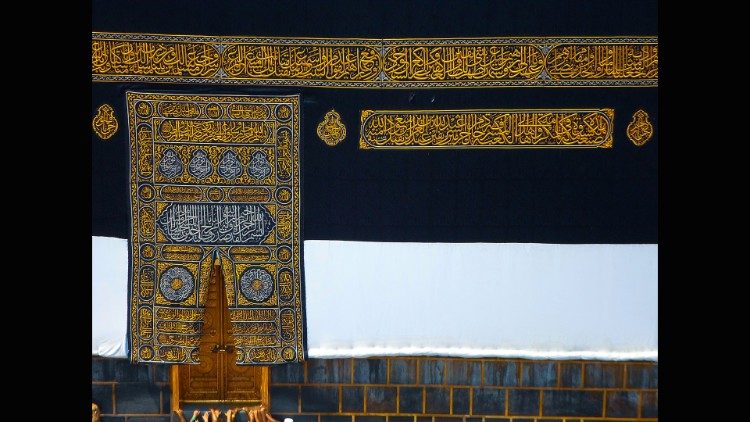
Saudi Arabia launches Art Biennale to boost culture and tourism
By Fabio Colagrande, Jeddah
The second edition of the "Islamic Arts Biennale" will take place from 25 January to 25 May, 2025, in the port city Jeddah, on the Red Sea, the second-largest city in the Saudi Kingdom after the capital, Riyadh.
The aim of the initiative is to give voice to the richness and diversity of Islamic culture breaking away from the reductive stereotypes that often surround Islamic art but, above all, to showcase its vitality in this historical moment of social and cultural change for Saudi Arabia.
An unprecedented cultural buzz
Visiting the Kingdom of King Salman today, who has reigned over this Islamic absolute monarchy since 2015, reveals a country experiencing an unprecedented artistic and cultural buzz. Twenty-seven museums are in the pipeline for opening, and the country includes seven UNESCO World Heritage Sites.
Among these is Al-Balad (The Town), Jeddah’s historic centre with its iconic coral stone buildings and wooden “roshan” balconies, currently undergoing restoration under a $13 million project commissioned by Crown Prince Mohammed bin Salman.
Transforming this “old town” into an international tourist destination is one of the many commitments of the Saudi government within the framework of the “Saudi Vision 2030”, launched in 2016 to diversify its oil-dependent economy. The promotion of cultural activities , including the creation of museum hubs and the development of the international art market, is one of the cornerstones of this strategy, along with sports initiatives.
Past and present
Not coincidentally, the Diriyah Biennale Foundation, the Saudi entity that established and manages the Jeddah Biennale, also oversees the contemporary art biennale with the same name, held in Riyadh in alternate years to the Islamic Arts Biennale.
These two parallel initiatives, in dialogue with one another, aim for the same goal, creating a dynamic interplay between rediscovered historical heritage and new artists narrating the present with innovative languages while remaining rooted in tradition.
The intertwining of historical artifacts and contemporary works defines the Islamic Arts Biennale. To showcase five hundred objects, it has involved twenty artists from the Islamic world and beyond—including Italian Arcangelo Sassolino—and thirty international institutions from over twenty countries.
Among these are contributions from the Vatican Apostolic Library and the Bruschettini Foundation for Islamic and Asian Art in Genoa.
Contemporary artists
The vibrancy of Islamic art, in Saudi Arabia and beyond, is evident in the profiles of several artists participating in the event, held once again this year at the Western Hajj Terminal of Jeddah's King Abdulaziz International Airport, the gateway for millions of pilgrims traveling to nearby Mecca.
There is Sarah Mohanna Al Abdali, a native of Jeddah and among the country’s first street artists. She began spray-painting graffiti in the city's historic area to provoke debate, commenting, among other things, on the excessive development of the Holy City.
Then there’s Imran Qureshi, a Pakistani artist who has developed a contemporary practice tied to the tradition of 16th-century Mughal miniature art. He juxtaposes gold leaf and red acrylic paint to depict the contrast between the celestial realm and the vulnerability of the human body.
Also highlighted is Saudi artist Ahmed Mater, based in Riyadh, who is one of the most significant cultural voices in his country today. He explores collective memories to tell unofficial stories. Though absent from Jeddah with his works, the creative vibrancy of Saudi contemporary artists is further affirmed by another woman: Manal Al Dowayan, who represented Saudi Arabia at the 2024 Venice Biennale. Her work spans photography, sound, and sculpture, delving into traditions, collective memories, and, above all, the representation of women.
By showcasing their works the Islamic Arts Biennale invites global audiences to witness a cultural transformation taking place in the Saudi Kingdom that is as much about honouring the past as it is about envisioning the future.
Thank you for reading our article. You can keep up-to-date by subscribing to our daily newsletter. Just click here







